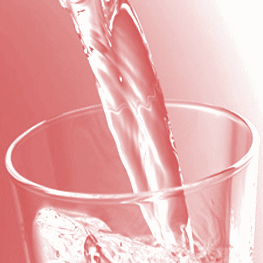Water sweep shows needs
 A water quality study has revealed deficiencies across Australia.
A water quality study has revealed deficiencies across Australia.
A recent study by the Australian National University (ANU) has uncovered distressing findings regarding the state of drinking water in over 400 regional and remote communities across the nation.
The research assessed water quality performance based on the Australian Drinking Water Guidelines (ADWG).
According to Paul Wyrwoll, a researcher at the ANU Institute for Water Futures, the study detected significant shortcomings in water quality for more than 620,000 individuals whose town water failed to meet the ADWG's aesthetic standards, which evaluate factors such as taste, smell, and colour.
Dr Wyrwoll says that while this does not present an immediate health risk to residents, it does raise serious concerns about the overall livability of affected regional towns, particularly those located along the Darling River.
He noted the psychological toll on residents, saying; "There is a whole range of issues in terms of stress and anxiety… Households simply don't trust the water coming out of their tap. They are afraid to bathe their children or drink the water."
The study also highlighted a significant gap in the collection and reporting of drinking water quality data in New South Wales, where water services are not required to provide public reports.
Dr Wyrwoll pointed out the absence of a national data water collection system, leading to substantial deficiencies in monitoring and reporting.
“That means for 1.2 million people living in regional NSW, they don't know what's in their tap water,” he said.
The ANU's findings underscore the urgent need for improved water quality monitoring, reporting, and infrastructure investment to ensure the well-being and confidence of residents in regional and remote communities across Australia.








 Print
Print